Comparisons 11 min read
Electric family cars to suit all budgets
By 2030, the sale of new petrol and diesel cars will become illegal. Once they’re gone, the vast majority of us will be looking to EVs to replace our family car. Of course, getting in ahead of the game means you’ll reap the benefits sooner rather than later so knowing what’s out there and what’s worth considering is a great start.
Jump to:
Best for those on a budget: MG5 EV Best for those who aren’t on a budget: Audi e-tron S Best for those who want to go fast: Tesla Model 3 Performance Best for those who are after a second car: Volkswagen ID.3 Best for those who want style and substance: Volvo XC40 Recharge Best for those who want two-way charging: Nissan LEAF Best for those who want a premium SUV, but without the price: Škoda Enyaq iV Best for those who want something a bit quirky: Kia Soul EV Best if you want a plush C-segment family hatch: Citroën ë-C4 Best all-round: Kia e-NiroIt’s a sad fact that some observers consider EVs to be milk floats, or curiosities that don’t have the longevity the rest of us – including government and industry – know they do. The reality is that EVs are already great replacements for a family petrol or diesel car, often offering more space, more kit and more comfort than their conventionally powered counterparts.
Let’s take that first point… Because engines and gearboxes are done away with and battery packs sit low and flat, interior space for any given floorpan is typically greater in an EV. Higher levels of connectivity are also typical, in part because charging in public or at home can be facilitated or at least enhanced by being connected to the web.
Our list is of cars that you can go out and buy today, but it’s worth remembering that before the end of 2021 and in early 2022 there is a range of exciting EVs set to hit the road. These cars very much move technology, range and efficiency forward – if you can wait. Our list is also limited to ten cars; there are others that are more than worthy of being here. Check out our reviews section to hunt them down.
Whatever your requirements, however, the likelihood is there’s a family EV for you, capable of transporting two adults and 2.4 children in comfort and convenience. Here are ten of our favourites in no particular order.
Best for those on a budget: MG5 EV
Whilst the used EV market is growing rapidly, we’re sticking to new cars and few offer more value than the MG 5 EV. It’s the only traditional estate available with an electric powertrain in the UK which means a big footprint and loads of space. You can also forget an SUV – such as the equally cost-effective MG ZS EV – when it comes to boot space; the estate is significantly bigger with 578 litres compared to 470 litres.
As well as tons of space, the 154bhp motor makes it brisk enough whilst the 52.2kWh battery offers a genuine 200 miles between charges. A new long-range version has increased this to 250 miles for very little extra money. Connectivity isn’t the best, and it doesn’t set the world on fire behind the wheel, but for £24,495 for the regular car and £26,495 for the long-range, it’s a bit of a bargain. Read our review.
Best for those who aren’t on a budget: Audi e-tron S
It has an awful lot of kit, plenty of power and – probably the most important thing for some people – the Audi badge. The e-tron S also has space enough for a family of five and all of their stuff, with considerable rear space and a 660 litre boot. Concentrating on the performance side of things and the e-tron S is a bahnstormer. The tri-motor set-up places a mighty 489bhp and 717lb-ft of torque under your right foot, meaning 4.5 seconds to 62mph. Where it really falls down, however, is in range which is pitiful for the size of battery – standing at 223 miles off of 86kWh.
Where you’ll really notice the price tag is inside which is a technological tour de force and has the quality to back it up. Three digital screens are comprised of a 12.3 inch virtual cockpit, 10.2 inch HD infotainment screen and 8.6 inch touch control panel. Smartphone connectivity and in-built connected services abound, whilst there’s a list as long as your arm of driver aids. Then again, for £87,000 you’d expect this. Read our review of the Audi e-tron 55 Quattro here.
Best for those who want to go fast: Tesla Model 3 Performance
We considered arguing that the Model 3 is the best overall family EV, but it’s just a shade too costly to take that title. That said, even at the entry price of £42k, the Model 3 is very good value. The Performance model takes going quickly to another level, however, capable of 0-62mph in 3.1 seconds and a top speed of 162mph thanks to 483bhp and 487lb-ft. It’s not just a fast car; the 75kWh battery and 3.6 miles per kWh efficiency mean it’s a proper 300+ mile EV any day of the week with the capability to charge to 80 per cent in 22 minutes.
It loses out on build quality and – arguably – style to some of its rivals such as the Polestar 2. But it is well equipped, with Autopilot near-autonomous driving an option, Bang & Olufsen stereo and associated connectivity, both Android Auto and (late but now there nonetheless) Apple CarPlay, and a frankly huge central touchscreen. The Model 3 Performance starts at £56,490 and you can read our review here of the 2019MY model.
Best for those who are after a second car: Volkswagen ID.3
Whilst the VW ID.4 can be bought for not far off £40k, we’ll save that for another day. As a second car that can do 95 per cent of the things a primary car can and won’t break the bank, the bottom-of-the-rung VW ID.3 Life Pure Performance is the one to go for. It costs from £29,620 and comes with plenty of mod-cons, such as a 10 inch touch navigation screen, heated front seats, rain sensing wipers, adaptive cruise control and more. The ID.3 is also plenty roomy enough for families.
The Pure Performance powertrain combines a 45kWh battery with a 143bhp, 200lb-ft motor. This delivers a decent turn of speed, hitting 62 in 8.9 seconds. Less encumbered with weight than more expensive versions, it’ll still do 216 miles on a full battery and thanks to 100kW charging, replenish 137 miles in just 30 minutes. You can read our review of the 1st Edition ID.3 for a taster.
Best for those who want style and substance: Volvo XC40 Recharge
Volvo’s first EV has been a real success and makes us wonder why the Chinese-owned Swedish brand didn’t do it a long time ago. Volvo’s stylish, understated and unfussy quality translates so well to electrification and the XC40 Recharge is one of the most successful examples of a pure electric version of a typically ICE-powered car. It’s a really nice car, inside – beautifully built, elegant and minimalist. Google-powered, fully connected infotainment just works, too.
Under the skin the XC40 Recharge is a proper powerhouse, with 408bhp and 487lb-ft so it really shifts when you want it to. No, it’s not the most efficient EV out there, achieving 256 miles (closer to 200 in reality) from its 78kWh battery, but with 150kW charging capability, it’ll cover distance easily with a bit of planning. Check out our review for a more detailed summary.
Best for those who want two-way charging: Nissan LEAF
The LEAF is a proper stalwart in the EV world having been on sale for a decade. Don’t let that put you off; the newest Nissans are still a great bet as family-friendly, reliable, proven cars that have serious longevity. They’re pretty well equipped, even in poverty spec, with plenty of driver aids like lane departure warning, intelligent emergency braking, intelligent cruise and more. Smartphone integration and an eight inch touchscreen with a reversing camera are nice touches.
Where the Nissan LEAF makes real sense is if you’re planning on taking advantage of vehicle to home (V2H) or vehicle to grid (V2G) infrastructure. For example, if you kit your house with its own battery, solar and smart charging – a small electric ecosystem – the LEAF can act as a secondary battery or power sump thanks to CHAdeMO bi-directional charging. It starts at just under £26,000 and in higher spec, can achieve a realistic 239 miles on a charge. Read our review here.
Best for those who want a premium SUV, but without the price: Škoda Enyaq iV
Škoda’s first purpose-built EV is based on the same MEB platform as the VW ID.3 and ID.4, but whilst it’s underpinned by a common architecture, the Enyaq iV is a distinctive car that offers a lot of premium features for not too much money. It’s a big thing, not far off the size of Škoda’s larger Kodiaq SUV. This does mean plenty of room inside, and the 0.27 drag coefficient shows that size can be slippery with a bit of clever design.
Generous levels of equipment and a nicely designed interior really set the Škoda Enyaq iV off as a real quality car. The central touchscreen is 13 inches wide and free-standing and can be operated by gesture, touch or voice. Full smartphone connectivity, navigation, an array of sensors and driver aids and sustainable cabin materials set it apart from some of the other SUVs available at the Škoda’s price point. Speaking of which, you can buy one for just over £31,000 if you opt for the smaller battery. Find out more.
Best for those who want something a bit quirky: Kia Soul EV
It’s not the most obviously attractive car in the world, but the Kia Soul EV grows on you very quickly with its roomy, boxy, offbeat styling that has seen it gain a following. It helps that the Soul EV is a fine electric family car. There’s space for four six-foot passengers alongside the driver and we wouldn’t hesitate to take it on a long trip. The only interior let down is the modest 315 litre boot, albeit it does have a handy split level. There’s also so many cubby holes that stashing small things is easy.
The Soul uses essentially the same powertrain as the Kia e-Niro (see below) and Hyundai Kona Electric. 201bhp and 291lb-ft make it quick in a straight line, whilst the 64kWh battery and efficient powertrain make the 280 mile official range eminently achievable. The fact that the Kia Soul EV is well equipped and has a seven year warranty sweetens the deal, though at £32,445 it’s not the cheapest. Check out our review.
Best if you want a plush C-segment family hatch: Citroën ë-C4
Citroën’s first purpose-built EV is also a rehash of its volume selling C-segment family hatch. Electric powertrain aside, if you can get over the styling of the ë-C4 there’s a lot to like underneath. Speaking of styling, it is divisive thanks to the fact its weirdly high on its suspension, and a little fussy. But we like it. Where the Citroën ë-C4 excels is in the cabin, which is comfortable, spacious and nicely laid-out. It also has an absolute ton of tech as standard, such as rear parking camera, lane keep assist, driver attention alert, cruise control, auto wipers and rear-view mirror, heated everything and full connectivity.
The Citroën ë-C4 is based on Stellantis’ common EV platform which is shared with a variety of cars. This means a 50kWh battery, 134bhp/19lb-ft, 100kW fast charging and a claimed range of 217 miles. It’s not spectacular, but it just works. The other thing to look out for with the Citroën is that some brilliant finance deals can be had, if the £30,895 cash price isn’t for you. Read our review for more.
Best all-round: Kia e-Niro
It’s a car that we think you could buy without making a single compromise compared to a petrol or diesel car. The Kia e-Niro is also plenty big enough for a family of five and their luggage, decent to drive, well equipped and now available with the larger 64kWh battery for under £35,000 – meaning it still gets the plug-in car grant. On that last point, the car in question is the Kia e-Niro 2 Long Range which is a basic specification, but that 64kWh battery really is worth it. Combined with the Kia’s outstanding efficiency, the WLTP range of 282 miles is actually a bit of a low figure compared to what’s possible.
Space is very good inside for both front and rear passengers and there’s 451 litres of boot space – not to mention the numerous storage areas within the cabin. Even in the ‘2’ spec you get an 8 inch touchscreen with Apple and Android connectivity, DAB radio and navigation. A decent array of driver aids are also standard and whilst some of the interior materials are a bit scratchy, none are offensive or below par. For £32,445, it’s currently the best all-rounder. Read our review here.

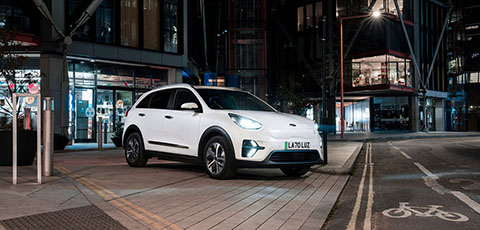
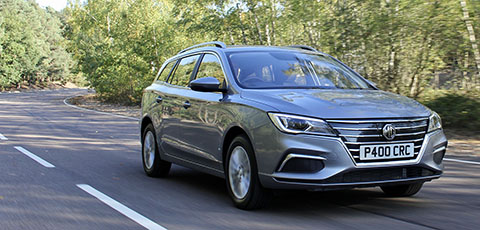
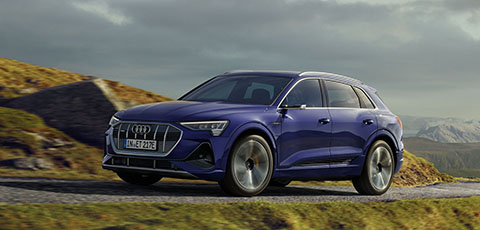
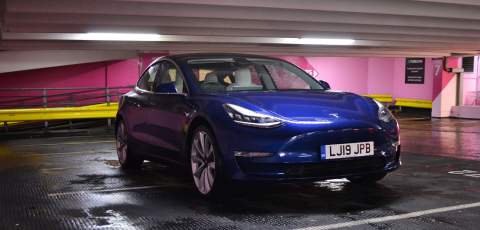
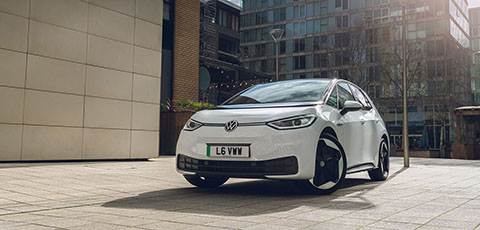
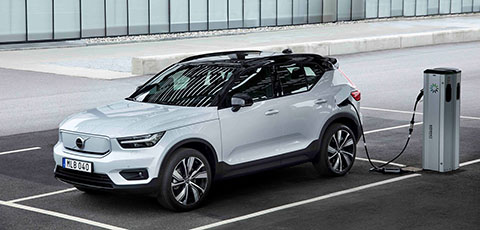
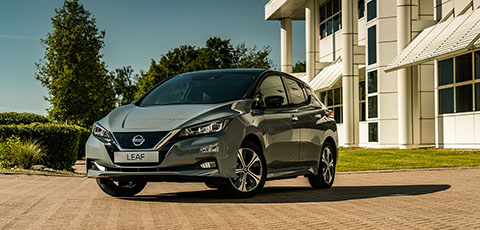
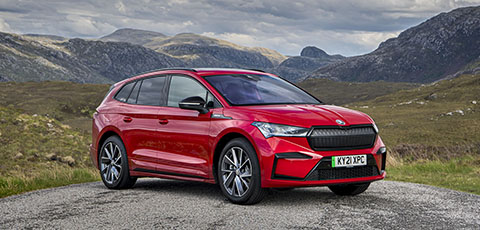
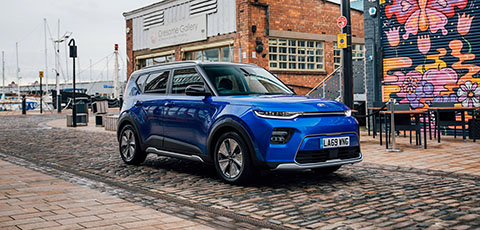
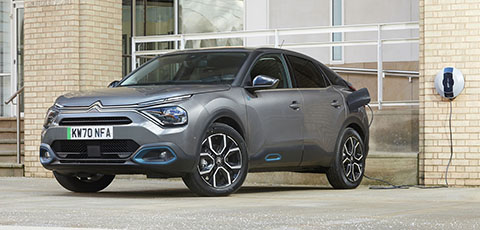
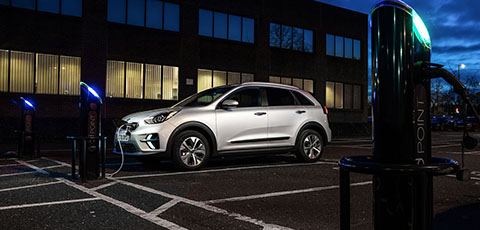

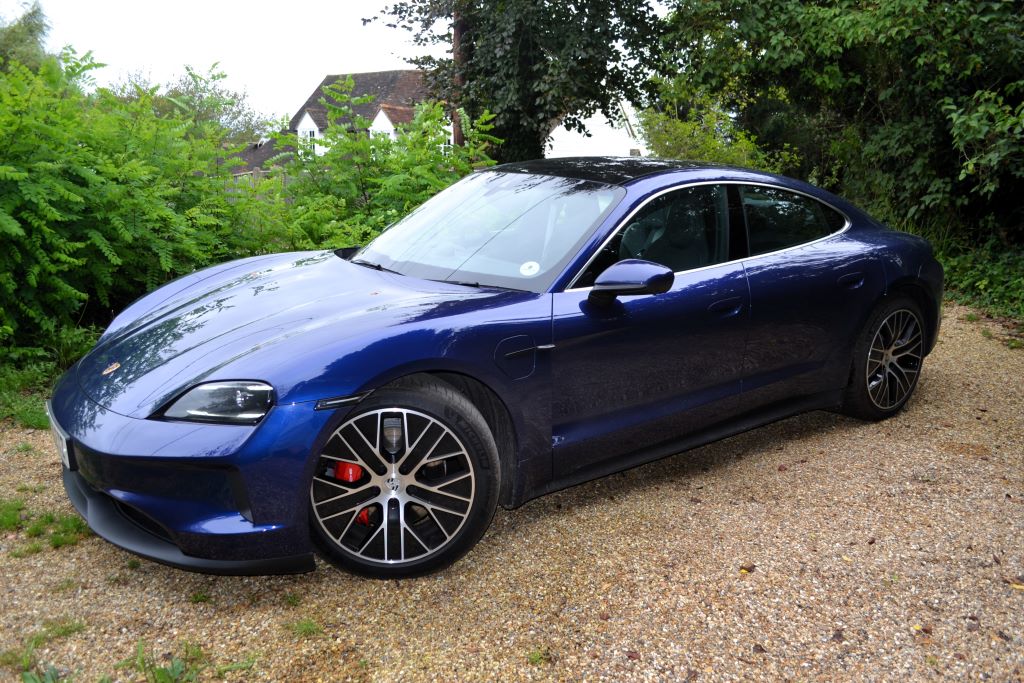
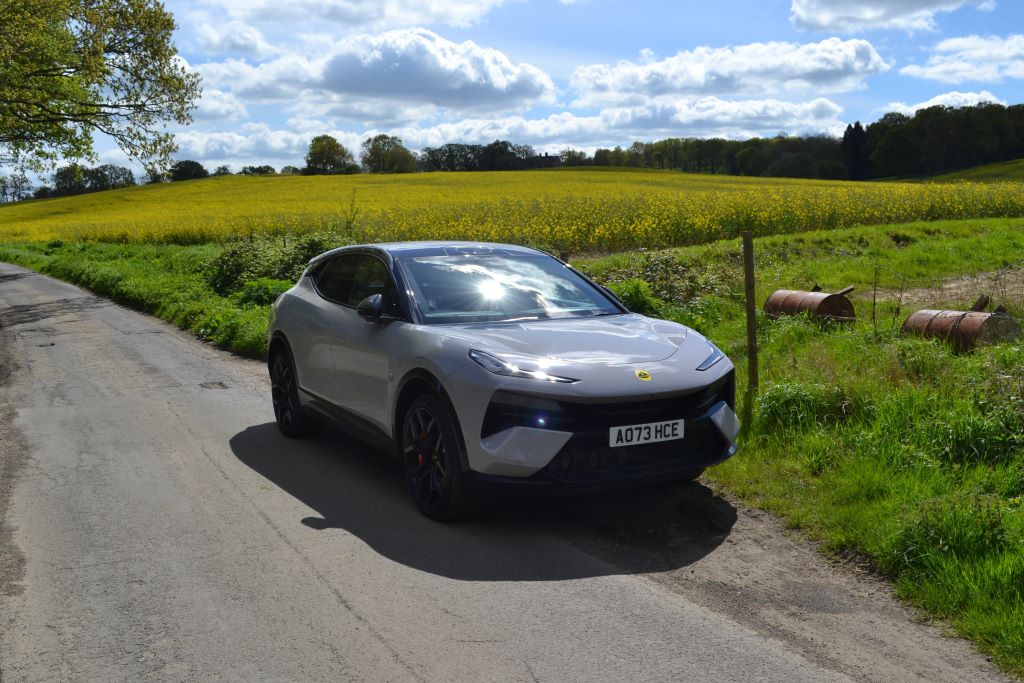

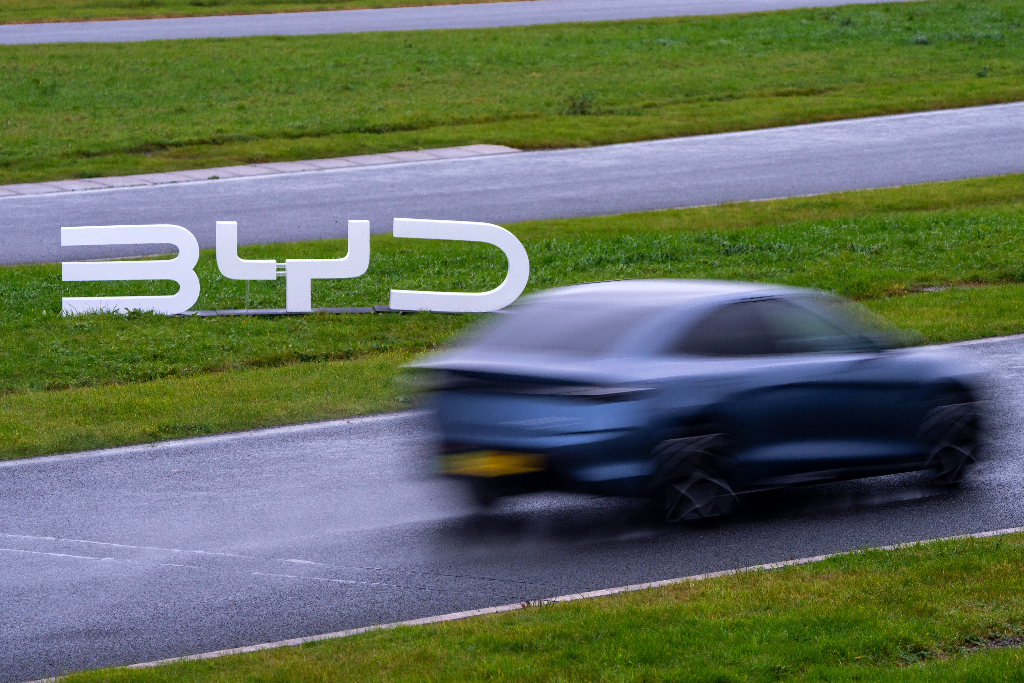
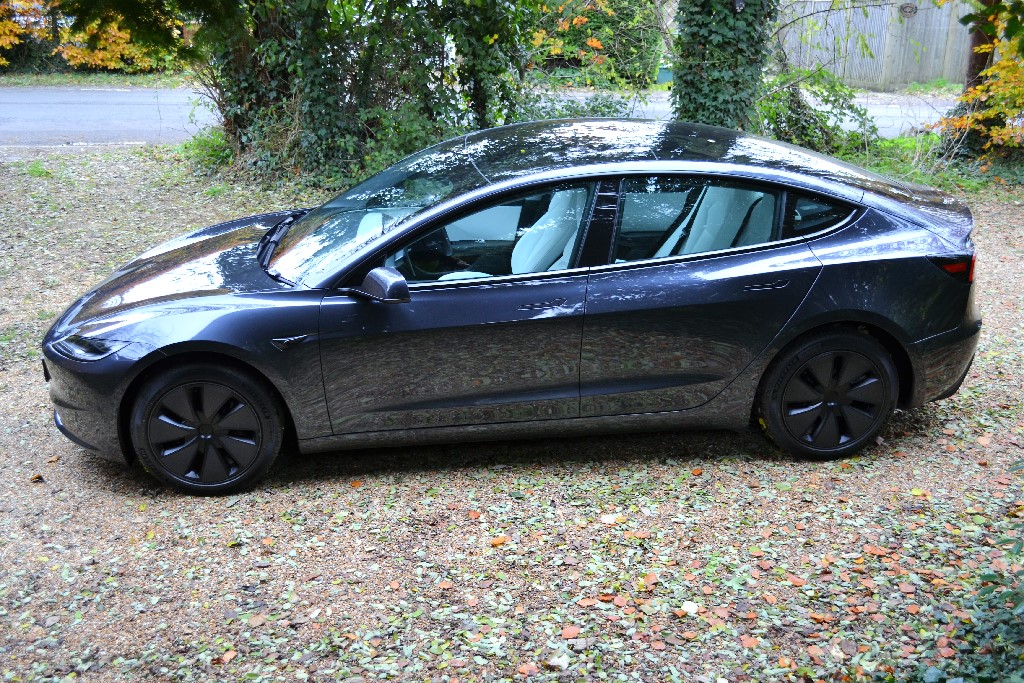
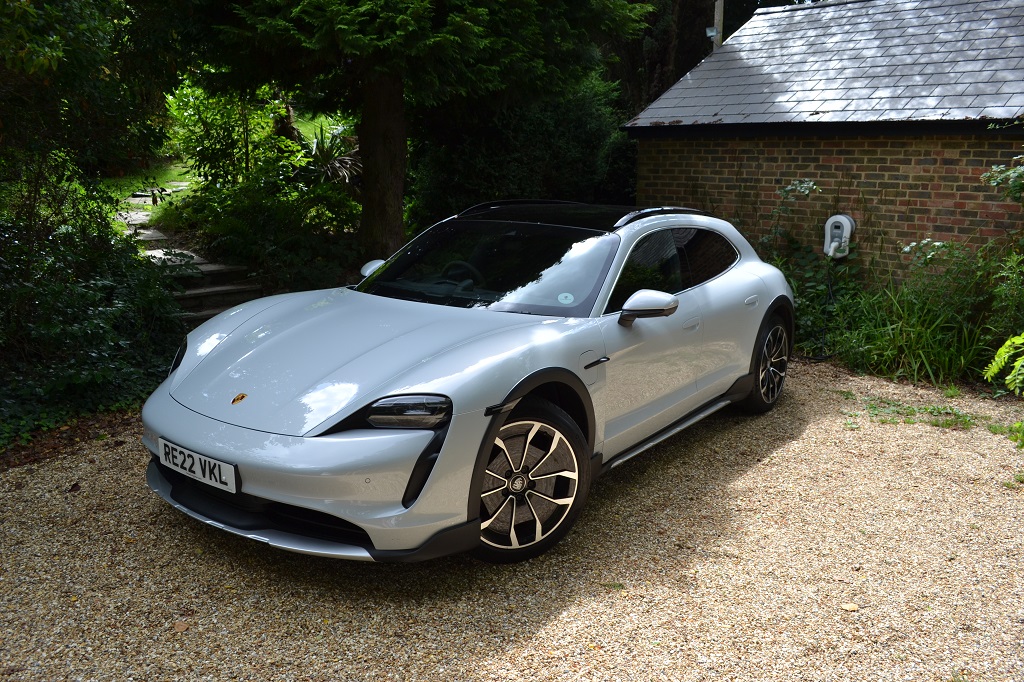

Comments (0)
Be the first to write a comment
Login/ Signup